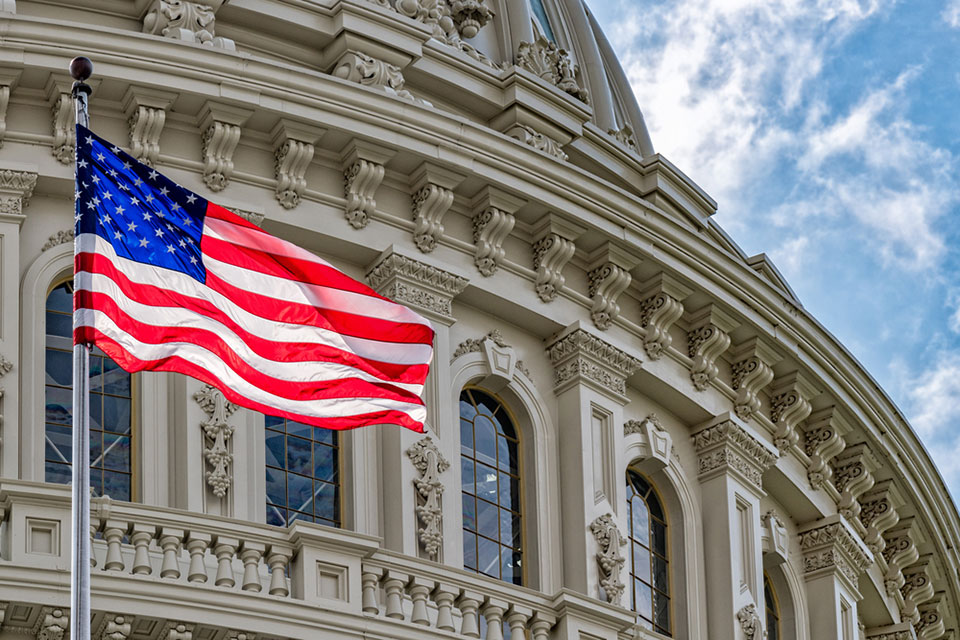How Alternative Data is Changing the Financial Landscape in America

Financial stability and boasting a positive credit score is one of the most sought after achievements for many adults in the United States. However, finding this stability can be very difficult, especially for the millions of people who have limited access to ways to increase their credit score. It is for these reasons that alternative data is changing the game for those looking to expand their credit access.
Alternative data is the term used to encompass all personal data that is not currently included in traditional credit scoring material. This data can provide a broader view of consumer behavior in different sectors of life, allowing for businesses to make better decisions. Alternative data is a snapshot that highlights more of what may be happening in a consumer’s life outside of the traditional credit file.
Examples of alternative data are specialty finance data and utility data. Finance data can include short term loans, rent-to-own information, or other non-traditional lending attributes. Utility data showcases payment history for telecommunications, television, home security, and utility payment history. All of these methods show financial trustworthiness, and have been shown to score up to 32% of previously unscorable consumers. These pieces of data are just the beginning for proving financial ability trust to American businesses.
Studies have shown that over 75 million Americans may face challenges to accessing credit. There are several reasons as to why this happens, most commonly due to a thin or invisible file. The root of the problem lies in a lack of evidence that each individual consumer has what it takes to responsibly handle credit. A thin credit file is typically characterized by four or less credit accounts, leading to very limited credit history. To be considered credit invisible, a consumer must have no traditional credit file at all. Looking at the big picture, nearly 1 in 3 adults in the United States fall under one of these two categories. Of the over 75 million Americans that struggle with credit visibility, the majority have a thin file, while nearly 16 million are considered invisible.
There are several demographics of Americans that fall into this category of low credit visibility. Amongst them are those that are young and new to using credit, those that have recently immigrated, and those who have not used credit for a long time. In addition, those who do not use credit accounts at all, those who are recently widowed or divorced, or those who heavily rely on cash and debit may also struggle.
Being considered invisible can be very costly. For example, a subprime credit score could add copious amounts of interest to plans such as a mortgage. In the case of these unexpected expenses, 57% of Americans report needing to seek external financial help to pay off their newfound debts. With the threat of increased interest looming ahead, moving into a scorable credit band has become the first priority of many Americans.
Leveraging alternative data has the power to shift over 8 million more United States consumers into scorable credit bands. When alternative data is layered with traditional credit files, the possibilities are endless. In addition, artificial intelligence can be used to help generate logical credit scores and help to level the playing field of the scoring system. Under these new guidelines, an incremental 2 million consumers could qualify for prime and super prime offers.
The positive impact of alternative data and the use of artificial intelligence is significant. With the use of utility data alone in a credit file, an additional 6.5 million people could now become scorable. In other words, this data is enough to score 25% of previously credit unscorables. In addition, layering specialty finance data as well as telco data could score an additional nearly 2 million people.
Over 90% of American adults have at least one utility bill to their name. With these utility bills now becoming a key player in credit scoring, so many more Americans can experience positive credit score changes. Specifically, research has shown that nearly 70% of people have experienced a 10 point positive change to their credit score, and 10% have seen a 25 point change to their score.
Through alternative data, unlocking new economic potential is within reach. There are services and third party support systems are constantly innovating and changing the playing field for Americans. Creating further financial opportunities for the most people has become a new focus of the future. With alternative data coming to the forefront, this is more possible than ever before.
Have you read?
Best countries for hiring freelancers.
Highest Paid Big Pharma CEOs And Top Executives.
Best Websites For CEOs, business leaders, and high-net-worth individuals.
Best Executive Search Firms And Consultants in America.
Revealed: Most Powerful Women In The World.
Bring the best of the CEOWORLD magazine's global journalism to audiences in the United States and around the world. - Add CEOWORLD magazine to your Google News feed.
Follow CEOWORLD magazine headlines on: Google News, LinkedIn, Twitter, and Facebook.
Copyright 2025 The CEOWORLD magazine. All rights reserved. This material (and any extract from it) must not be copied, redistributed or placed on any website, without CEOWORLD magazine' prior written consent. For media queries, please contact: info@ceoworld.biz








